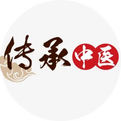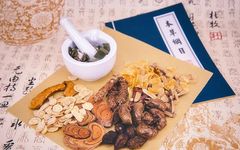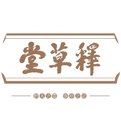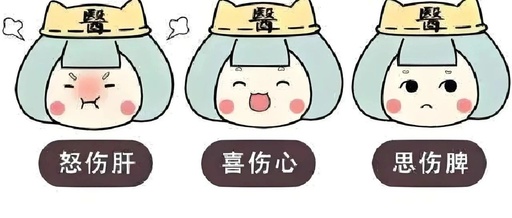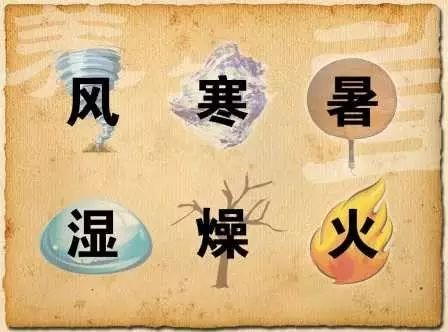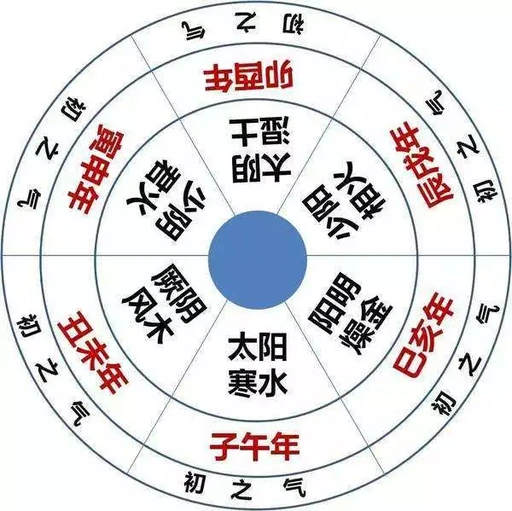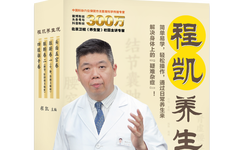Etiology Theory (Part 1): External Pathogenic Factors and Internal Injuries. Six Excesses, Seven Emotions, Diet, Work and Rest
The concept and classification of etiology: The causes that lead to diseases in the human body are referred to as etiology, also known as “pathogenic factors,” “pathogens” (historically referred to as “disease sources”), and “evil pathogens.” Diseases are pathological processes caused by pathogenic factors under certain conditions, including the forms of onset, pathogenesis, development patterns, … Read more

